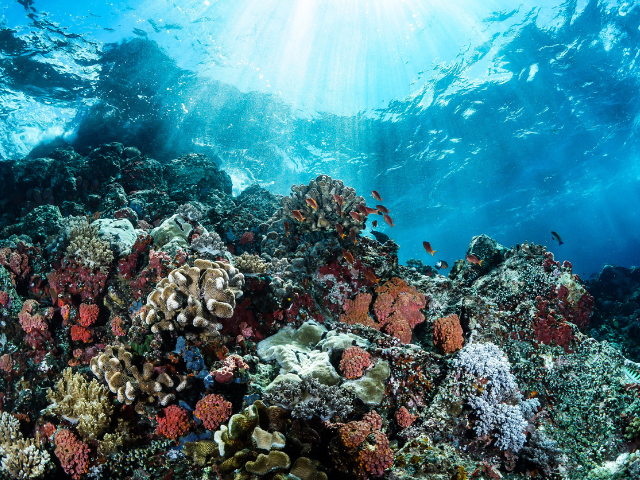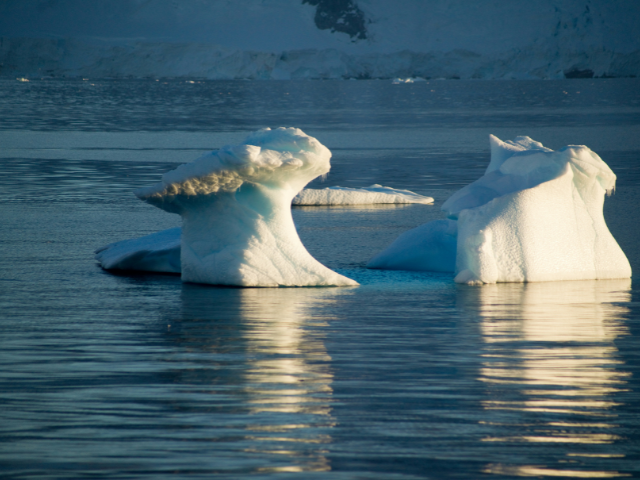
A vibrant coral reef teeming with marine life, a reminder of what’s at stake in the fight against climate change.
The Great Barrier Reef is a living system that protects coastlines, supports marine life, sustains fisheries, and drives tourism economies. It’s also part of the cultural heritage of Australia’s First Nations peoples, who have cared for these waters for tens of thousands of years.
And right now, it’s under serious pressure.
The latest report from the Australian Institute of Marine Science (AIMS) delivers the clearest picture yet of what’s happening beneath the surface and the numbers are sobering. After the most widespread and severe coral bleaching event ever recorded on the Reef, coral cover has dropped sharply across all three major regions.
What the Scientists Found
Between August 2024 and May 2025, AIMS scientists surveyed 124 reefs. They found:
- Largest annual coral loss in nearly 40 years of monitoring.
- Declines in coral cover of 14% to 30% regionally, with some reefs losing up to 70.8% of their coral.
- Nearly half of reefs (48%) saw declines; only 10% improved.
Bleaching wasn’t the only culprit. Cyclones, flood plumes, and outbreaks of the coral-eating crown-of-thorns starfish (Acanthaster cf. solaris) compounded the damage. But bleaching caused by marine heatwaves was by far the biggest driver.
The 2024 Bleaching Event: A Breaking Point
The 2024 bleaching was the fifth mass bleaching event on the Reef since 2016 and part of a global wave of bleaching that began in 2023. It was unprecedented in scale:
- High to extreme bleaching was recorded on 49% of surveyed reefs.
- Some areas in the Southern GBR experienced degree heating weeks (DHW) above 15—nearly double the threshold at which corals begin dying en masse.
- Fast-growing Acropora corals, which help reefs recover quickly after damage, were among the hardest hit.
In plain terms: The heat didn’t just stress the Reef—it killed large sections outright.
How the Regions Fared
- Northern GBR: Coral cover fell from 39.8% to 30% — a 24.8% drop, the largest annual decline on record for the region. Losses were worst around Lizard Island.
- Central GBR: Dropped from 33.2% to 28.6% (–13.9%), with bleaching and flood plumes north of Cairns doing the most damage.
- Southern GBR: Fell from 38.9% to 26.9% (–30.6%), the steepest annual drop ever recorded there. Many reefs saw more than half their coral vanish in a single year.
Why This Matters to All of Us
Coral reefs are the foundation of marine biodiversity. Without them coastal communities lose protection from storms and erosion. Fisheries decline, threatening food supplies and livelihoods. Tourism industries falter, hitting economies hard. Cultural heritage suffers, particularly for Traditional Owners whose histories and traditions are tied to these waters. And globally, reefs act as early warning systems. What happens here is a signal of what’s coming elsewhere.
Recovery Is Possible, But the Window Is Shrinking
Historically, reefs could bounce back from damage over a decade or more. Now, mass bleaching events are hitting roughly every two years. That’s not enough time for full recovery.
Still, there’s hope. The GBR remains one of the healthier large reef systems on Earth, and local interventions are making a difference:
- Crown-of-thorns starfish control programs are slowing outbreaks.
- Water quality improvements are reducing local stress.
- Coral restoration projects are helping reseed damaged areas.
But without global action to curb greenhouse gas emissions, these efforts can only buy time.
The Bottom Line
The 2024–2025 coral loss is a signal that climate impacts are accelerating and hitting ecosystems faster than they can adapt. Protecting the Reef is not optional. It’s about safeguarding biodiversity, food security, culture, and the natural defenses that protect millions of people.
We still have a choice. Every fraction of a degree of avoided warming, every reef protected from starfish outbreaks, every local stress reduced—it all matters. The Reef’s survival depends on what we do next.
Source: Australian Institute of Marine Science. (2025). Long-term monitoring program: Annual summary report of coral reef condition 2024–25. Australian Institute of Marine Science.


